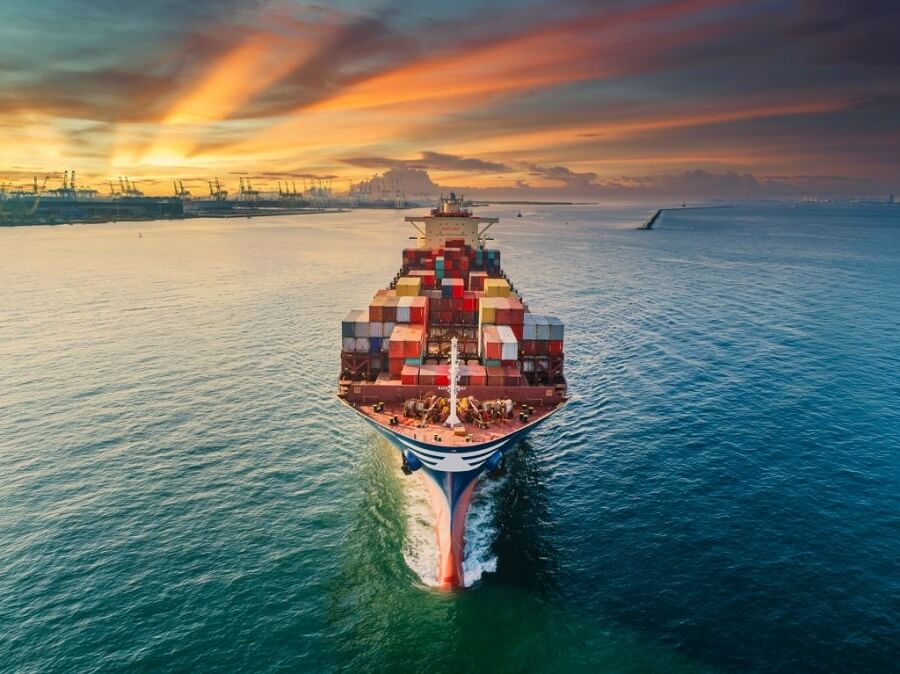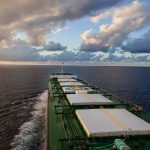Canada’s two largest Pacific ports — Vancouver and Prince Rupert — remained at a standstill Friday as a strike by the port workers’ union hit the one-week mark. Ships are beginning to pile up at anchorages and rail operations serving the U.S. have effectively halted.
The British Columbia Maritime Employers Association (BCMEA) claimed Thursday that the strike is already having “disastrous economic impacts,” with $4.6 billion in cargo affected since the strike began on July 1. The BCMEA maintained it has offered “significant wage increases.”
International Longshore & Warehouse Union (ILWU) Canada, representing dockworkers, countered that the BCMEA “has launched a smear campaign targeting their own workers.”
ILWU President Rob Ashton alleged that the BCMEA is “funding a dirty-tricks media campaign, using anonymous sources to selectively leak misleading information to reporters” so that BCMEA employers won’t have to “dip into their massive post-pandemic profits to give their workers a little more.”
Both sides claim the other should return to the bargaining table.
“A deal can be reached if ILWU Canada wants one,” said the BCMEA. “We know that the best deals are made at the table, and this is exactly what we are proposing the parties do.”
According to the union: “We’re willing to look past the smears and insults if it means we can return to the place where respectful negotiations and an honest deal can happen: the bargaining table.”
Vancouver anchorages filling up
Ocean carrier Hapag-Lloyd said Friday, “Considering the current situation in Vancouver, ships are slowing down or heading to anchorage,” with Vancouver’s anchorage occupancy “presently at 70%.”
THE Alliance — whose members are Hapag-Lloyd, ONE, Yang Ming and HMM — has seven container ships en route to Vancouver scheduled to arrive over the next week. Hapag-Lloyd warned customers of “the significant and evolving situation in western Canada.” It reported that no imports or exports are being served, either by rail or truck.
Ship-position data from MarineTraffic showed 17 commercial vessels waiting off British Columbia ports on Friday: six container ships, five bulkers, one general cargo ship, and one product tanker off Vancouver; and three container ships and one liquefied petroleum gas carrier off Prince Rupert.
Rail flows to US nose-dive
Vancouver handled 3,557,294 twenty-foot equivalent units of containerized cargo in 2022, including 1,844,642 TEUs of laden imports. Prince Rupert had a total throughput of 1,035,639 TEUs last year, including 535,949 TEUs of laden imports.
The two Canadian ports matter to U.S. importers because a significant portion of Vancouver and Prince Rupert containerized import cargo is moved by rail to Chicago and other American destinations. As previously reported by FreightWaves, rail moves are being heavily impacted and could take weeks or even months to normalize after the strike ends.
Source: Hellenic Shipping News





